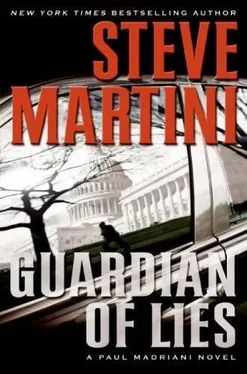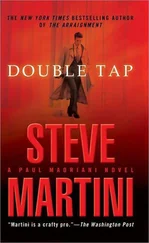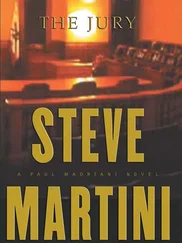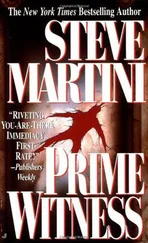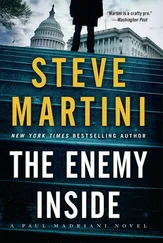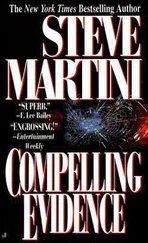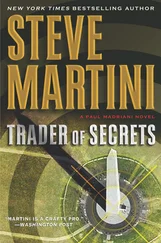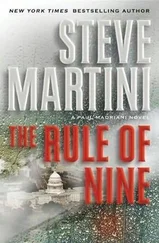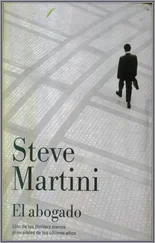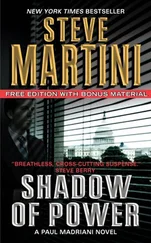On the other side in the back is an enclosed ramp that leads to another three-story mansion on the back street, across from the zoo, and a small condominium complex. According to the online literature, this section was added recently.
Herman and I find our rooms in the new section. I open the door and we both step into mine so Herman can grab his bags. The room is spacious, high ceilinged and ornate, with king-size beds and exotic hardwood furnishings.
“I hope you didn’t get the only good room,” says Herman.
“You wanna trade?”
“Not yet. I haven’t seen mine.”
As we’re talking, Herman zips open one of his bags and takes out a small device the size and shape of a folded pocketknife. On one end is a small lens. He holds it up to his eye and peers through it, scanning the room, each wall, all the hanging pictures, the television and bedside clock and phone. He checks the bathroom as well as we discuss the weather and talk about the lack of humidity in San José.
Herman’s device is called a SpyFinder Personal. The battery-powered lens will detect any microcamera planted in a room, lighting up the camera’s lens with a red dot even if the camera is powered off at the time. It works off the same principle as the camera, using refracted light, only instead of using it to capture an image, it shoots beams of concentrated light that are refracted by the camera’s lens to reveal its position.
“What time do you want to have breakfast in the morning?” I ask him.
“I don’t know. I’m pretty tired,” says Herman. “Why don’t we sleep in?”
Herman shakes his head regarding any cameras, drops the device back in his bag, and removes the other half of his act, the small elec tronic bug detector. This is the size of an old transistor radio and has a short telescoping antenna. The entire device would fit inside the breast pocket of your shirt. It has a backup scanner to detect cameras that are transmitting and runs the entire frequency range of electronic bugs. Herman has already turned off the detector’s alarm so that it merely vibrates in his hand as the LEDs light up. The room is wired. He points to the phone and nods. Herman is assuming that the phone is tapped as well.
None of this surprises me. We used the firm’s credit card to book the hotel rooms, so Rhytag had plenty of time to plan ahead. We will use credit cards as long as we’re being observed and go to cash the moment we lose the FBI. Herman is carrying another ninety-five hundred in cash in a belt around his waist.
“Tell you what. Whoever wakes up first in the morning calls the other,” I tell him.
“But not before nine,” says Herman.
“We can do dinner downstairs. I’m too tired to go out tonight.”
“Sounds good to me,” says Herman.
I pen a note to him on a pad from the nightstand near the bed. “Sweep the hall and your room for cameras. We meet outside my room tonight at ten- very quietly! ” I underline the last two words.
“Give me a call when you want to go to dinner.” He holds up the cell phone and mouths the words “I’ll take care of it.”
I nod. “Catch you later.”
Herman leaves and closes the door behind him.
I turn on the television, unpack my bags, and take a shower. I am drying myself with a towel as I call the front desk and leave a wake-up call for seven that evening. Then I slip between the covers, lower the television volume a bit, and take a nap to the muted sounds of a soap opera in Spanish playing in the background.
Judgment day had finally arrived. Yakov Nitikin had made his deal with the devil, and now it was time to perform.
Early that morning, Alim Afundi allowed two of the FARC rebels, a man and a woman Nitikin had known for years and whom he trusted, to escort his daughter, Maricela, back to Medellín and from there to her home in Costa Rica.
Nitikin kissed his daughter good-bye. She was crying. She knew she would not see him again. Yakov slipped a folded piece of paper into her hand and made her promise not to open it or read it until she arrived home in San José. After reading it she was to keep the contents to herself. “Do you promise?”
She looked up at him, tears in her eyes. She nodded.
He smiled. “We will see each other again.” He told her that he loved her, and kissed her once more, this time on the forehead. Then he watched as she boarded the truck and climbed into the middle of the front seat. Yakov stood in the dust at the side of the road and waved as the truck carrying his daughter to safety pulled away and disappeared in the distance.
But now there was no time for sorrow or tears. Now there was work to be done. In addition to allowing Maricela to leave the compound, Afundi had relented, agreeing to allow one of the other FARC soldiers, a twenty-six-year-old Colombian named Tomas to assist Nitikin in the final assembly of the device, on two conditions: that the work commence immediately, that morning; and that Nitikin verbally communicate each step in the process by using a walkie-talkie and explaining it to an interpreter who would in turn communicate it to Alim.
The Russian agreed to begin immediately, but tried to argue that it was impossible to brief Alim as they proceeded, that it would only serve to distract them and make the process more dangerous. But Alim insisted, and finally Nitikin agreed.
As he had suspected, Alim’s own nuclear expert tried to hitch a ride on the early morning truck with Maricela and her two guards. He was plucked off the truck by one of Alim’s men. The technician offered some lame excuse about supplies he needed to obtain in Medellín. Alim told him the supplies could wait. He wanted the man close at hand to answer technical questions that Alim might have as the assembly of the device proceeded.
By ten that morning, Nitikin and Tomas, his Colombian assistant, were locked away in the wooden hut with the innards of the gun device spread out before them on a large table in the center of the room.
Against one wall, another table, supported by three sturdy sawhorses, bore the weight of two lead caskets. These containers shielded the two men from radiation emitted from the uranium projectile in one casket and the four uranium target disks in the other.
The first stage, assembly of the gun itself, involved mere mechanics. Except for the precision of certain measurements involving alignment of the barrel, it was no more complicated than installing minor motor parts in an automobile. The work should have taken less than an hour. It stretched out, consuming more than two hours because of the constant need to communicate with Alim through the walkie-talkie and to answer the endless stream of questions he posed through the interpreter.
Nitikin knew what Afundi was up to. He was having one of his men write it all down, so that if he needed to, he could dispense with the Russian’s services whenever he wanted. Except for one thing; Nitikin had no intention of telling him everything. He would let the Iranian know this only when he was finished with the preliminary assembly of the device.
There were certain aspects of the process involving safety features and final arming that only Nitikin would know. Yakov had no intention of allowing them to take the device that he had guarded for decades, and detonate it at some undisclosed location without his express consent and participation. Alim and his men might kill him when they were done, but not before.
Gun-type devices, while being the most rudimentary and reliable of nuclear weapons, were also the most dangerous. The simplicity of design was what made it hazardous. A plutonium implosion device, unlike Nitikin’s, while potentially far more destructive, required the intricate and precise alignment of a number of elements before criticality could be achieved. The failure or inhibition of any one of these would neutralize the bomb. But a single subcritical uranium projectile, like Nitikin’s, being fired down a tube at high speed by a conventional explosive charge into a larger target of uranium, meant that a simple premature detonation of the firing charge would result in a full-yield nuclear explosion.
Читать дальше
